Getting to Montelepre, birthplace and final resting place of the bandit king Salvatore Giuliano, is not easy. There is but one bus in the morning, and finding where it leaves from, and how to buy a ticket, were challenges in themselves. The bus came, and the driver announced that he didn’t have enough petrol to get to Montelepre (which is an hour from Palermo) so he would not go. I commented on this suboptimal result and a lady next to me who replied that, well, this was Sicily.
It is a common reaction: something does not work, and one wearily accepts it, because, after all, this is Sicily.
I decided to take another bus in the opposite direction to visit the Palazzina Cinese, the little Chinese palace. I was given lots of helpful hints by members of the travelling public and found it with little difficulty.
The Palazzina Cinese is one of the wonders of Palermo, which is a city replete with wonders. Dating from the earliest years of the nineteenth century, it was built by King Ferdinand IV when he was in exile from Naples, then under revolutionary control, and living in Palermo under British protection. It is more or less contemporary with the Brighton Pavilion and reflects the mania for chinoiserie, then sweeping Europe. It is meant to look like a pagoda of sorts, and has a rather eccentric exterior.
It is, of course, a folly, and a rather sweet one at that. The interior reveals a debt to the Petit Trianon at Versailles, as it has a mechanical dining table that could be loaded with dishes on the floor below and winched up into the dining room without the servants having to appear. There are staff bedrooms in the mezzanine, but the place was clearly meant to be an informal retreat for the royal couple and their really close associates. They did not use it for very long, for, soon after it was complete, they returned to Naples.
The chief wonder of the place is the interior decoration, which is predominantly chinoiserie. The painted walls and ceilings represent a marvellous survival.
But there are also Turkish elements to the decoration.
In addition, some of the rooms represent a debt to Herculaneum, then recently excavated and fashionably recreated.
But the whole place is wonderful, and I was thrilled to be seeing it at last, and kicking myself that I had always dismissed it as being too far away to bother with.
There are two further attractions in the same vicinity. The first is an ethnographical museum housed in the nearby stables and outbuildings of the palazzina, which is extremely interesting and well presented (though the labels are only in Italian). This is a fascinating collection of artefacts illustrating Sicilian life of old. Then, just beyond the formal gardens of the palazzina lie the vast Parco la Favorita, which was King Ferdinand’s shooting reserve. This, like the interior of the palazzina, is a remarkable survival too.
La Favorita, not a park in the English sense, is a large area of countryside, consisting of scrubland, woodland and orange trees. As such it a living reminder of what the entire plain girded by hills around Palermo, the Conca d’Oro, must once have looked like, the place, don’t forget, which was hailed by Arabs and Normans alike as a terrestrial paradise.
Even today La Favorita is something of a Garden of Eden, and thank the Lord it has not suffered the terrible fate of the rest of the Conca d’Oro, to be covered over with hideous concrete blocks of flats, the work, you will remember, of Mafia speculators and their political backers who tore up the planning laws in what came to be known as ‘the rape of Palermo’.
The Queen who, one hopes, enjoyed her time in the Palazzina Cinese, was Maria Carolina, daughter of Maria Theresa of Austria, and sister of the ill-fated Marie Antoinette, to whom she was very close. Maria Carolina was also close to Emma Hamilton, former demi-mondaine, wife of the British Ambassador Sir William Hamilton and lover of Horatio Nelson, duca di Bronte. Nelson was a Sicilian duke, but never visited his fiefdom at Bronte. Emma, the Queen’s friend, died in poverty, outliving both the Queen and Horatio. (My next book, incidentally, is called ‘The Gravedigger of Bronte’.) How sad history sometimes, indeed most of the time, is. But one hopes that Queen Maria Carolina had some happy moments in the palazzina.

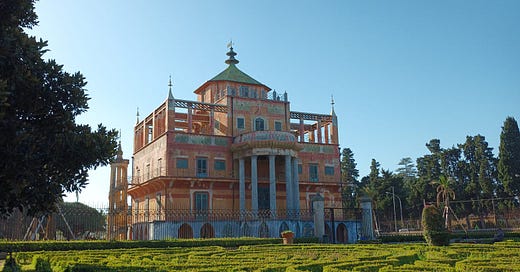




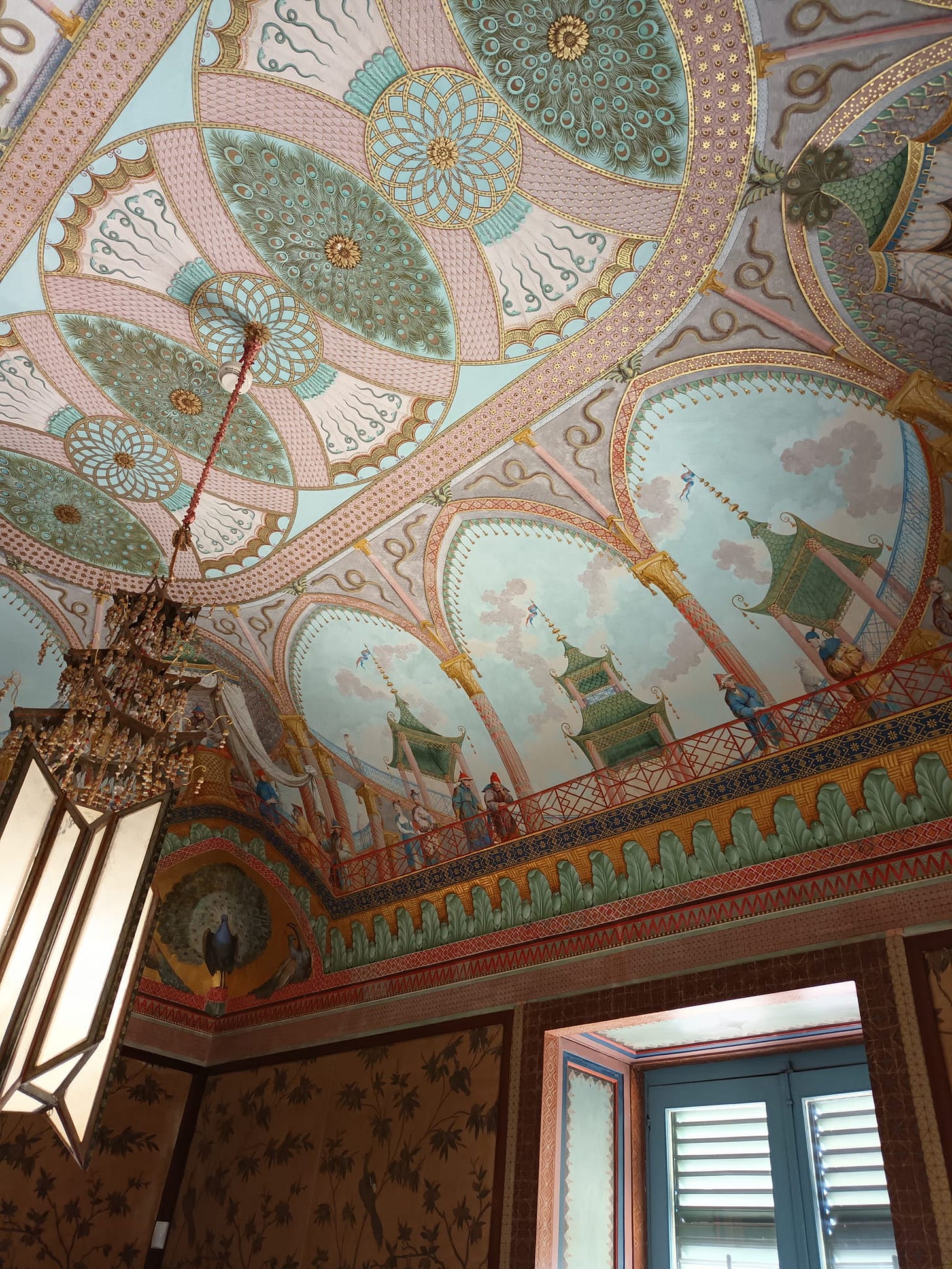

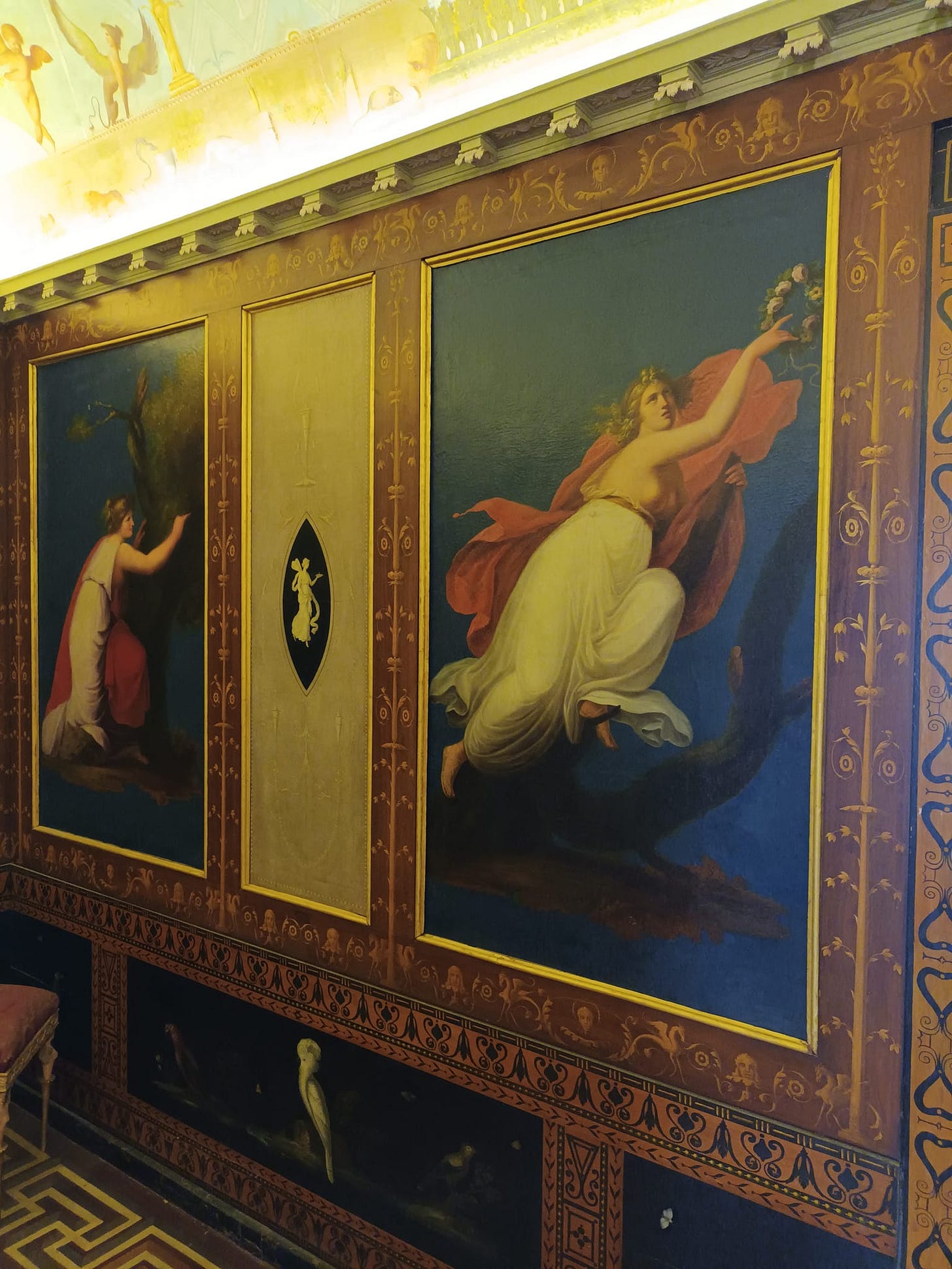
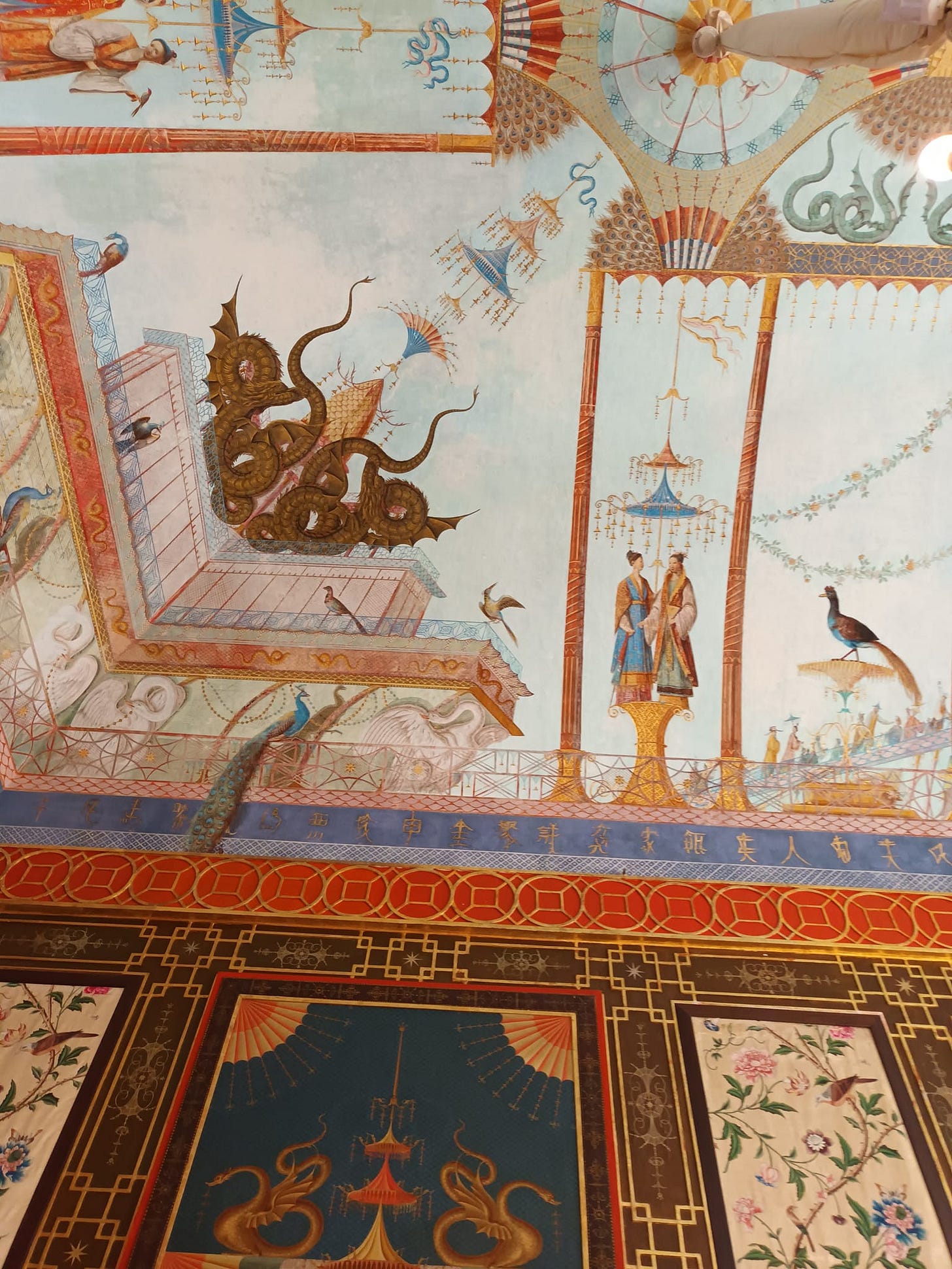
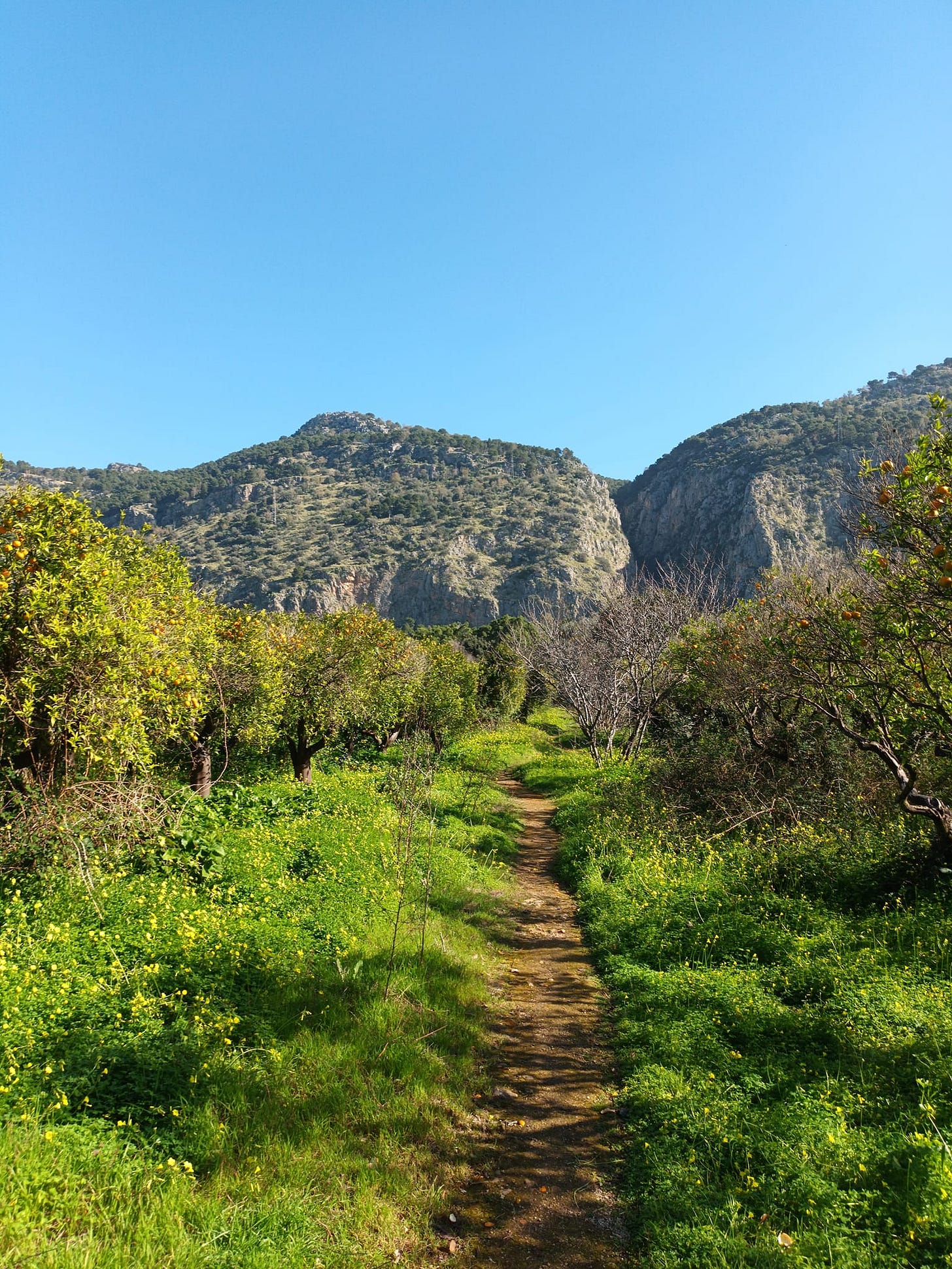
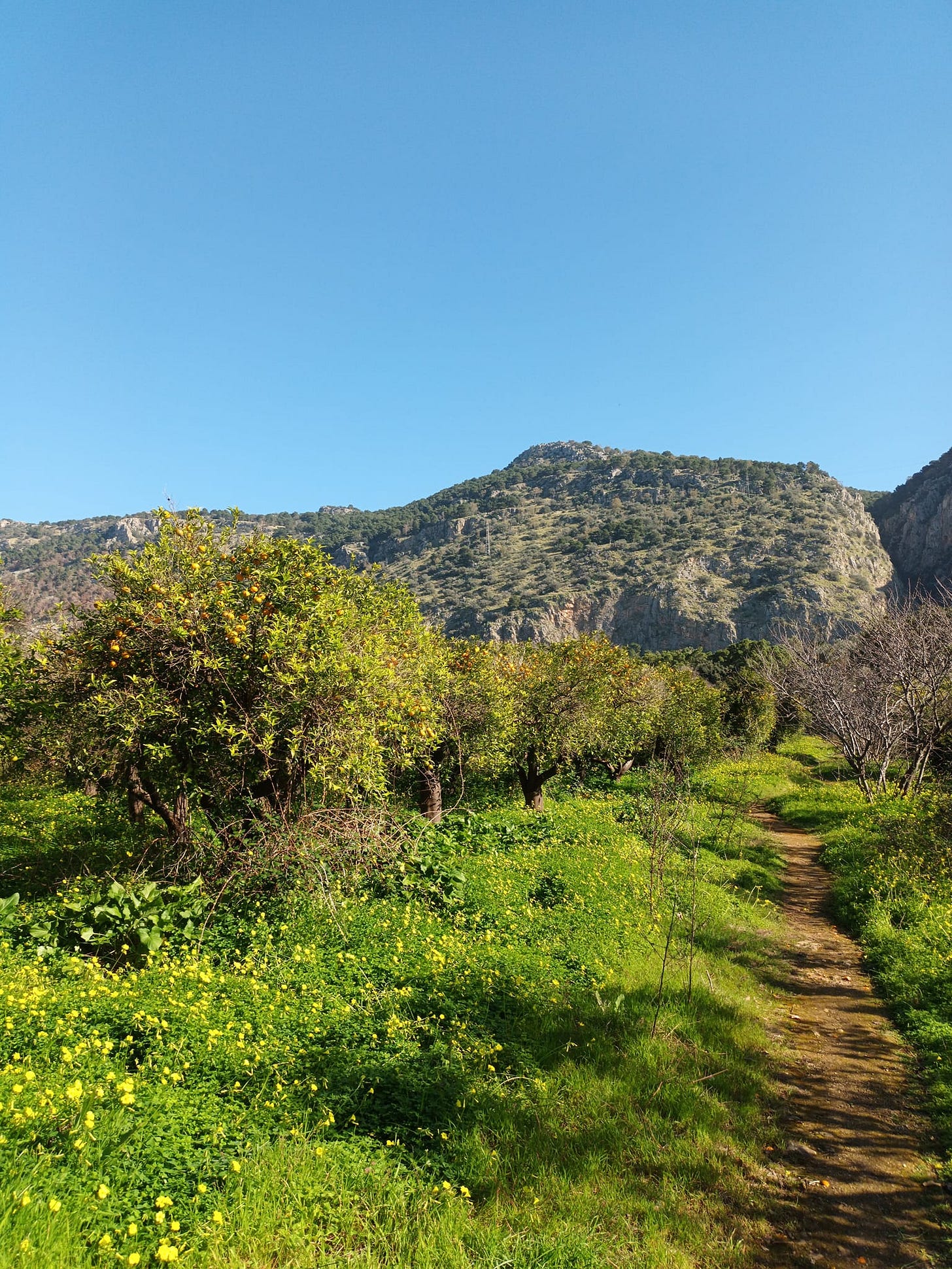
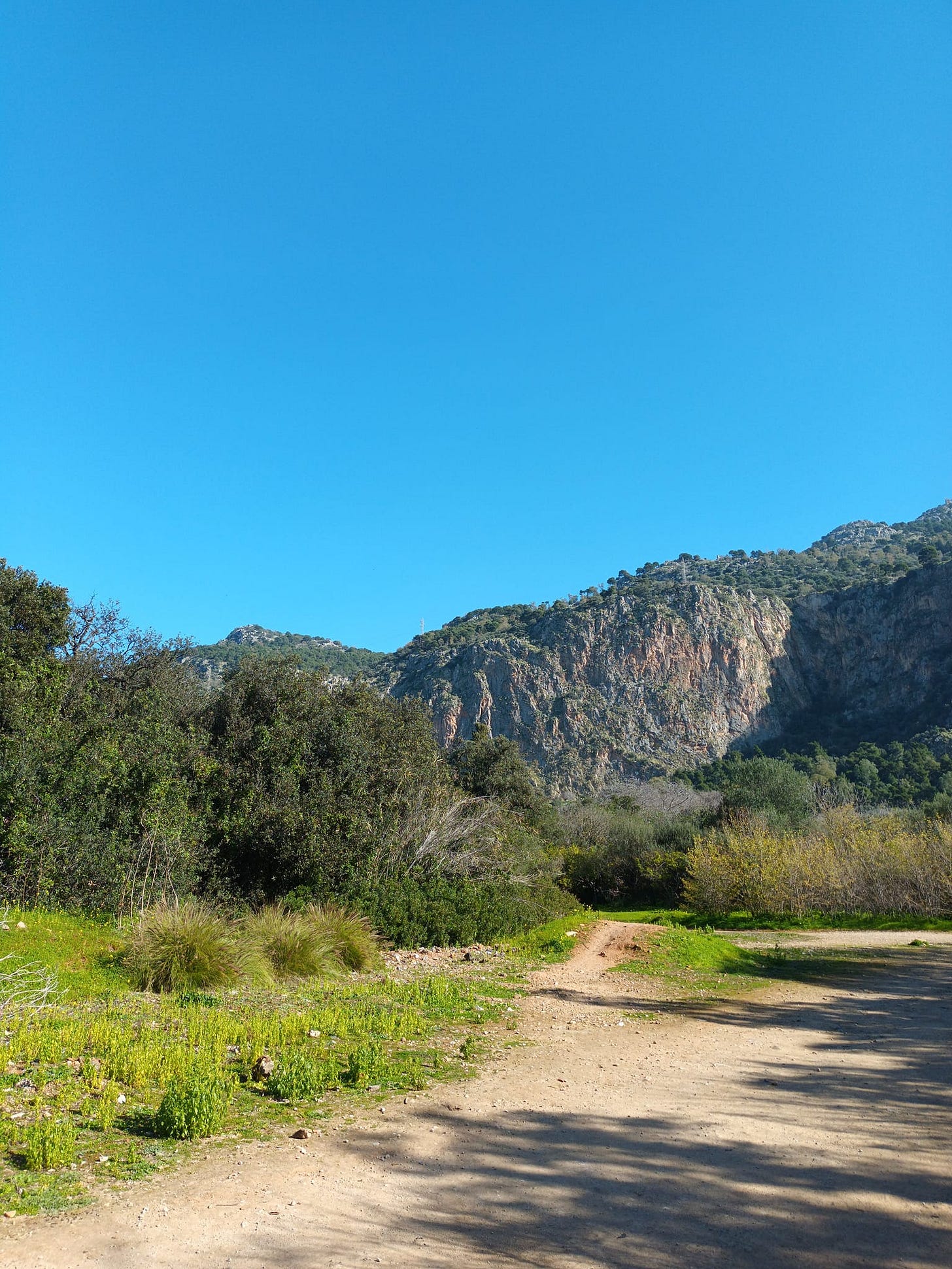
Thanks for these photos and the evocative words. This palazzina is the first place I want to go when I visit Palermo, hopefully next year or the year after.
A wonderful place. For years it seemed to lay unopen to the public. I used to pass it as a child on summer holidays in the 80s/90s (my late grandparents’ home is nearby) and wonder what it was like inside. I was there last Easter and was really impressed. (In typical Sicilian style, after my idyllic visit I waited over 90 mins for a bus that never turned up to get back to where I was staying).